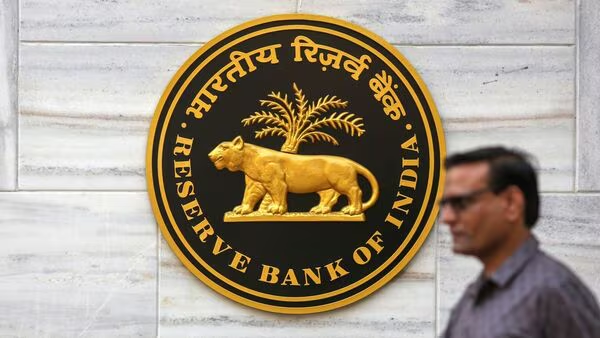Recent data from the Reserve Bank of India (RBI) highlights a growing trend where Indian households are piling up financial debt at a substantially faster pace than the creation of financial assets. Between the fiscal years 2019-20 and 2024-25, Indian households increased their financial liabilities by an astonishing 102%, while their financial assets grew by only 48% during the same period.
In the fiscal year 2019-20, households added approximately ₹24.1 lakh crore to their financial assets. This figure grew to roughly ₹35.6 lakh crore in 2024-25, representing a 48% growth over five years. Conversely, financial liabilities surged from ₹7.5 lakh crore in 2019-20 to about ₹15.7 lakh crore in 2024-25, more than doubling in value.
When measured as a share of the Gross Domestic Product (GDP), the financial assets of Indian households represented 12% of GDP in 2019-20 but have slightly decreased to 10.8% in 2024-25. Meanwhile, the share of household financial liabilities has steadily increased.
This growing debt burden runs parallel with a shift in household saving and investment habits. Mutual funds have become an increasingly popular vehicle for investment among Indian households, signaling evolving preferences in asset portfolios.
RBI’s findings underscore the challenges faced by many Indian families as they balance rising financial liabilities with comparatively slower asset accumulation. This trend has implications for financial stability and the broader economy, spotlighting the need for prudent personal finance management and policy focus on sustainable household debt levels.















